Microsoft has officially announced the release of hotpatch updates for Windows 11 Enterprise builds. This new updating protocol is currently for Enterprise 11 versions 24H2, which applies to AMD and Intel x64 devices. This isn't the first time the new hotpatching system has been mentioned, but it is the first time it's become widely available across Windows 11 Enterprise 24H2 devices.
If you're new to the hotpatching system, the biggest takeaway is the ability to apply updates without the need to restart. This is definitely ideal for corporate environments, letting users continue to work not only without the interruption caused by a reboot, but also without excessive CPU usage.
There are quarterly updates that will likely still require a reboot outside of the regular hotpatch updates. Still, this is a significant change compared to the monthly reboot requirements presently in place.
Word of the new hotpatch system first came to our attention in February of 2024. And by November, we got a glimpse at the new protocol in Windows 11 Enterprise 24H2 and Microsoft 365 Preview builds. It's taken a few months to iron out the details but we've finally hit an official release.
In the blog post, Microsoft details the requirements necessary to enable hotpatching on Windows 11 Enterprise clients. In summary, you will need:
- A subscription to Windows 365 Enterprise, Windows 11 Enterprise (including E3, E5 or F3) or Windows 11 Education (either A3 of A5 will suffice)
- A client running Windows 11 Enterprise 24H2 (specifically build 26100.2033 at minimum) with the latest baseline update
- Visualization-based Security (abbreviated as VBS) will need to be activated
- An AMD Or Intel x64 processor
Arm64 devices are in public preview and require a registry key modification to support the new hotpatch update system. You can read more about the specific steps to adjust this setting in the official blog post.

Microsoft goes on to explain that the hotpatch updates will align with the standard update schedule, which will still apply to Windows 10 and Windows 11 23H2 devices. There will be a different KB number for the hotpatch releases. The team also confirmed in the blog post that the Windows quality update policy will be able to automatically detect whether or not your device meets the necessary requirements to enroll in the hotpatch update system.
Again, it's important to note that this rollout is only for Windows 11 Enterprise clients and is not available for Windows 11 Home and Windows 11 Pro machines. You can read more about the new hotpatch system update protocol over at the official Microsoft blog.

 7 months ago
130
7 months ago
130
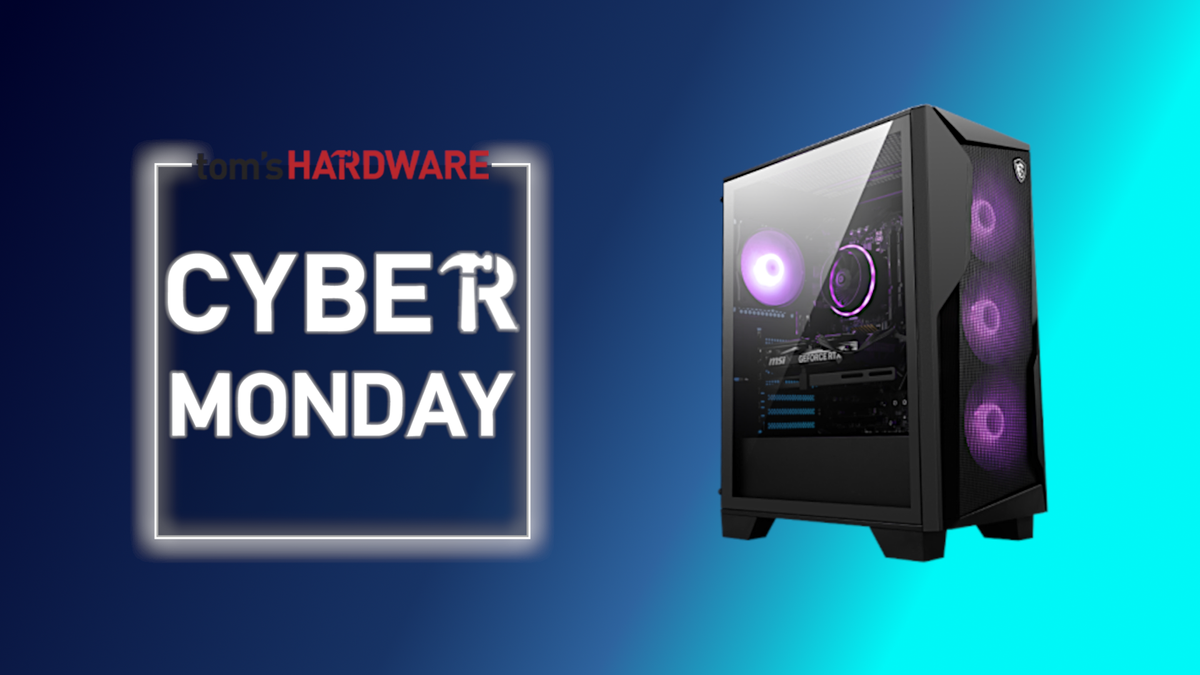
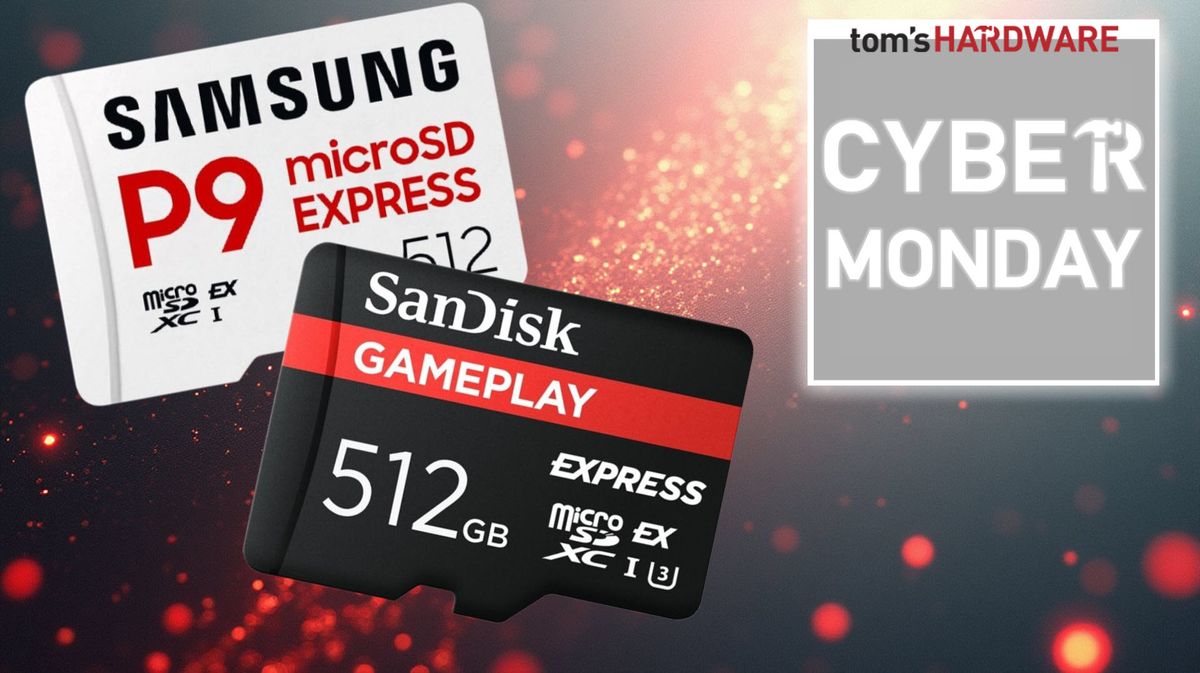
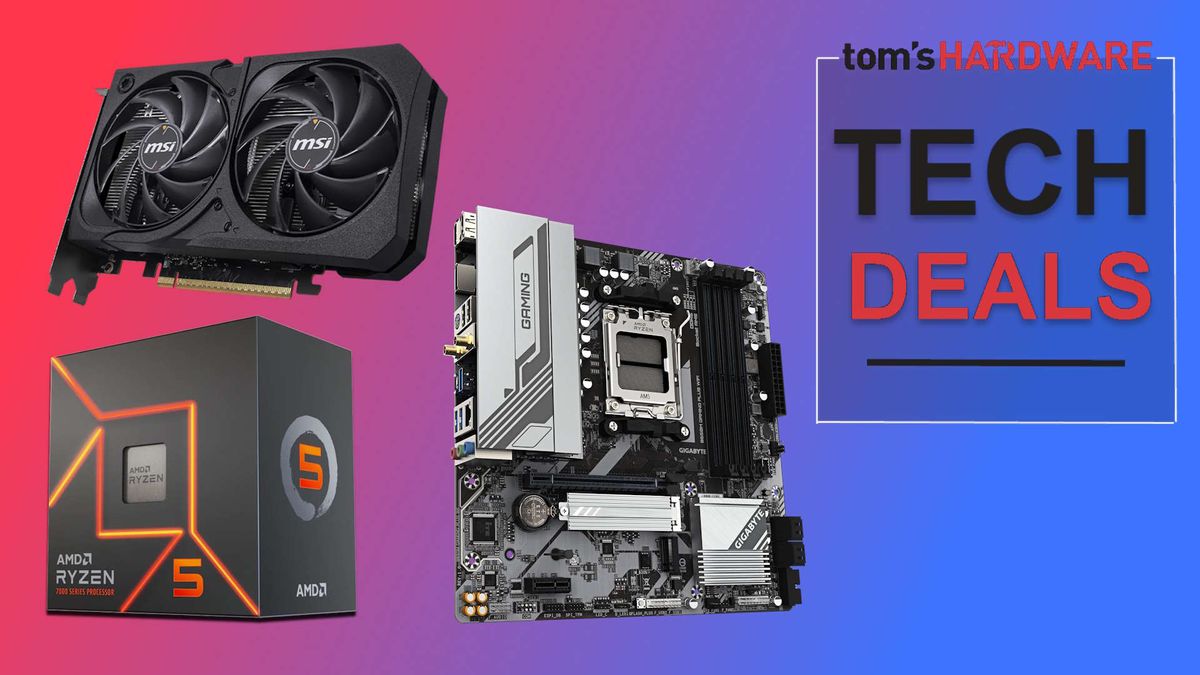


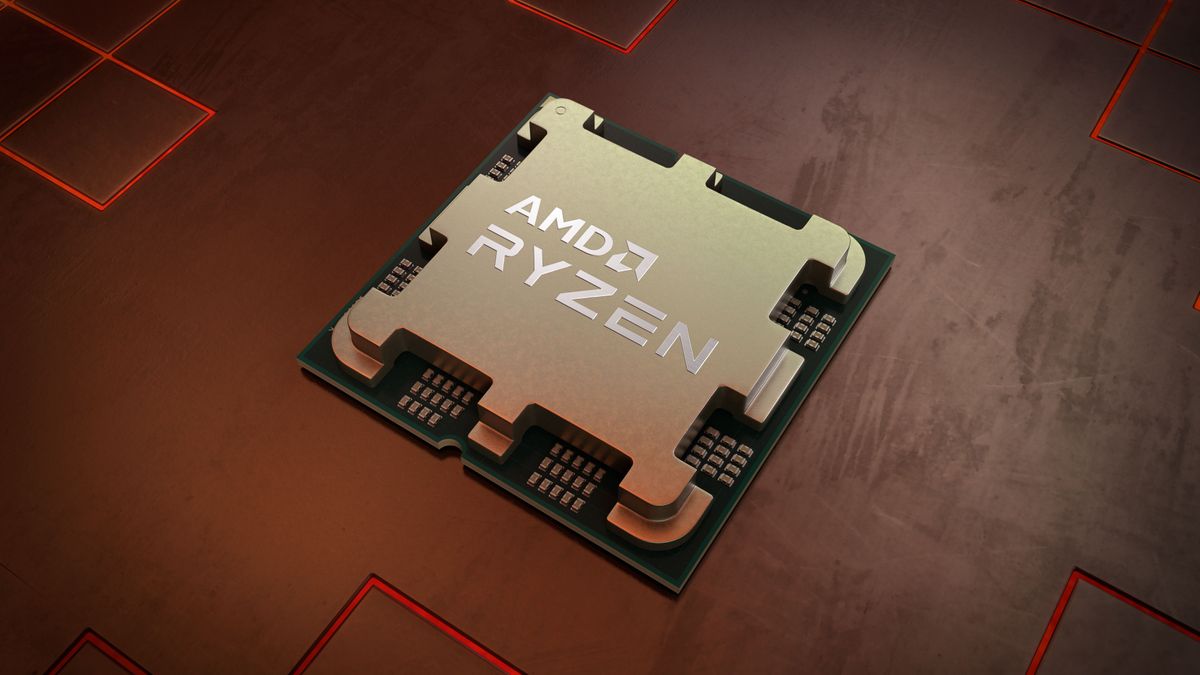
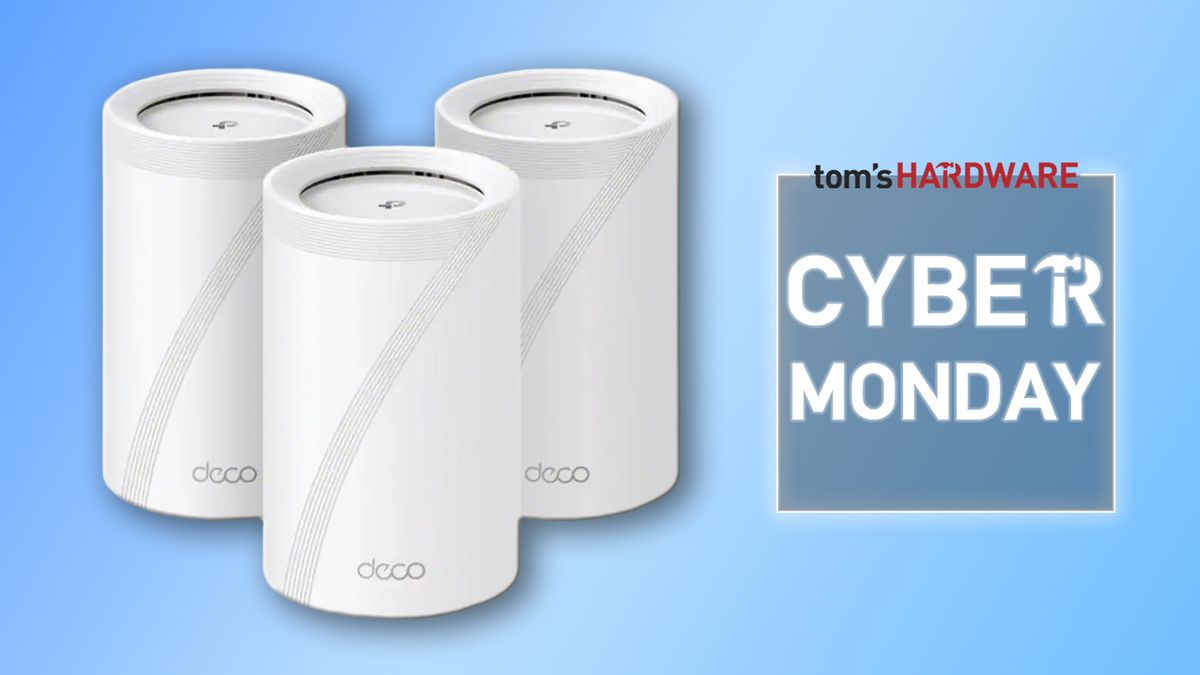
 English (US) ·
English (US) ·